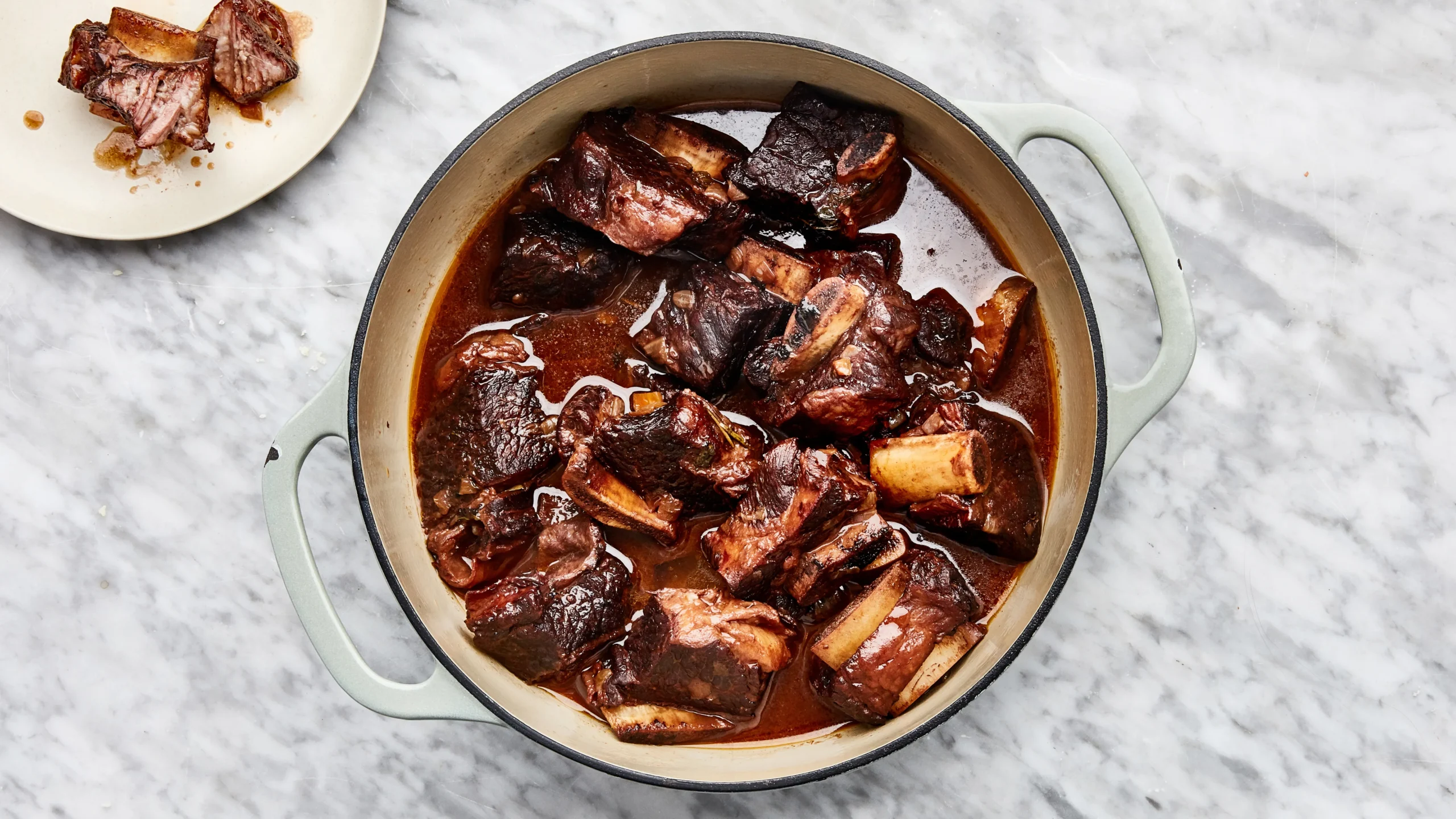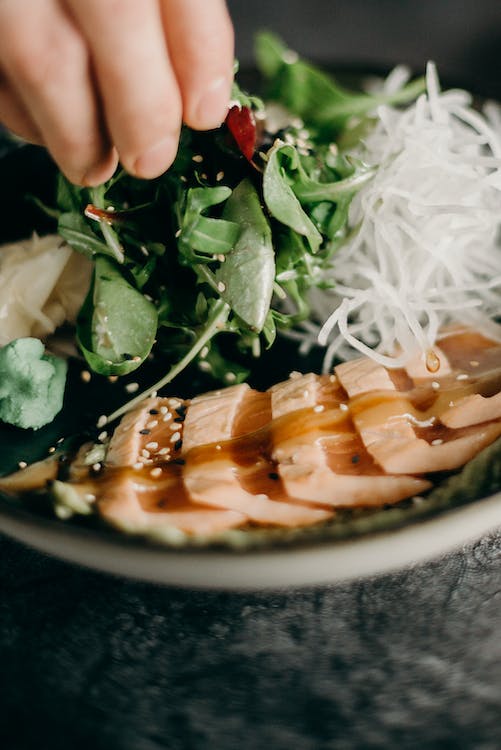Florence Kelly was in her early thirties when back pain from a car accident became a constant part of her life. “At first I thought it would fade after a few weeks of physical therapy,” she recalls. “But months later, I realized this was going to be my new normal.”
Like millions living with long-term discomfort, she faced the challenge of finding chronic pain management techniques that went beyond temporary relief. Over the years, Florence tested medical, lifestyle, and holistic approaches. Her hard-earned lessons provide guidance for anyone struggling with persistent pain, whether from injury, arthritis, or other conditions.
The Complex Nature of Chronic Pain
Florence learned that chronic pain is not just a physical sensation — it affects mental health, sleep, relationships, and work. Doctors explained that nerve pathways can become “sensitized,” meaning the brain interprets pain signals more intensely over time. “I realized pain wasn’t just in my back,” she says. “It was in my mood, my focus, even how I interacted with my kids.” Understanding this complexity helped her approach pain management holistically instead of chasing one quick fix.
Florence’s Toolkit for Managing Pain
1. Medical treatments: She explored medications carefully, balancing relief with side effects. Short-term anti-inflammatories helped during flare-ups, but long-term use required caution. Steroid injections offered temporary improvement, but weren’t sustainable. “Medication gave me windows of relief, but it couldn’t be the whole plan,” she says.
2. Physical therapy and exercise: Movement became her most powerful tool. Low-impact activities like swimming, yoga, and walking kept her muscles strong without straining her back. “When I skipped exercise, pain got worse. When I stayed active, even gently, I felt more in control,” she explains.
3. Mind-body practices: Meditation, breathing exercises, and cognitive behavioral therapy helped Florence manage the emotional toll. “Learning to separate pain from panic was life-changing,” she says. Research shows that mindfulness can reduce perceived pain intensity and improve resilience.
4. Lifestyle adjustments: Simple changes, like using ergonomic chairs, sleeping with better pillows, and pacing daily tasks, minimized flare-ups. “I stopped trying to push through everything. Instead, I learned to listen to my body,” she shares.
The Turning Point
Florence’s breakthrough came when she combined medical care with lifestyle changes instead of relying on one method. After working with a pain specialist, she developed a personalized plan that included medication for severe days, weekly yoga, mindfulness sessions, and ergonomic adjustments at home. “It wasn’t about eliminating pain completely — it was about reclaiming my life,” she says. Within a year, she returned to part-time work, enjoyed family outings again, and felt her identity expand beyond being “the person with back pain.”
Her story underscores that chronic pain management techniques are most effective when personalized and integrated. “What works for me might not work for someone else,” she admits. “But the principle is the same: combine treatments, stay consistent, and seek support.” She also highlights the importance of emotional resilience: “Pain changes you. But with the right tools, it doesn’t have to define you.”
For Florence, chronic pain taught her patience, strength, and empathy. “I wouldn’t wish it on anyone,” she says, “but I hope my experience helps others realize they don’t have to suffer silently. Relief is possible, even if it looks different than you imagined.”





































